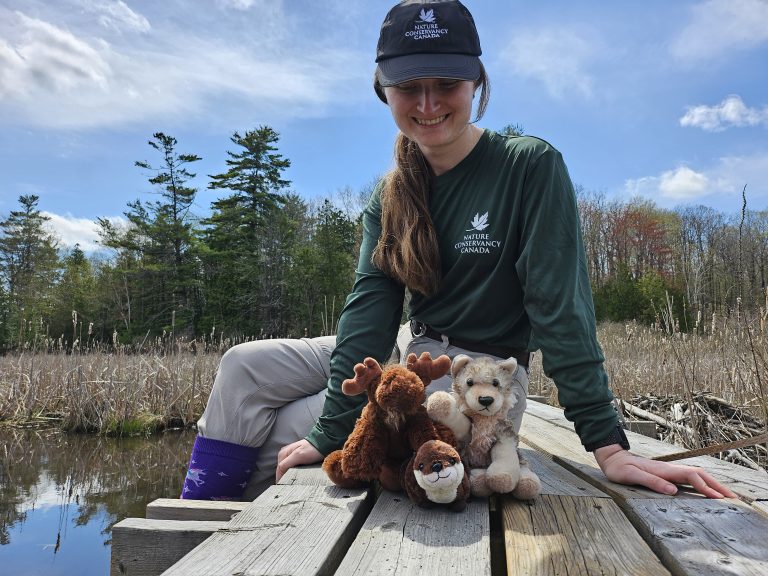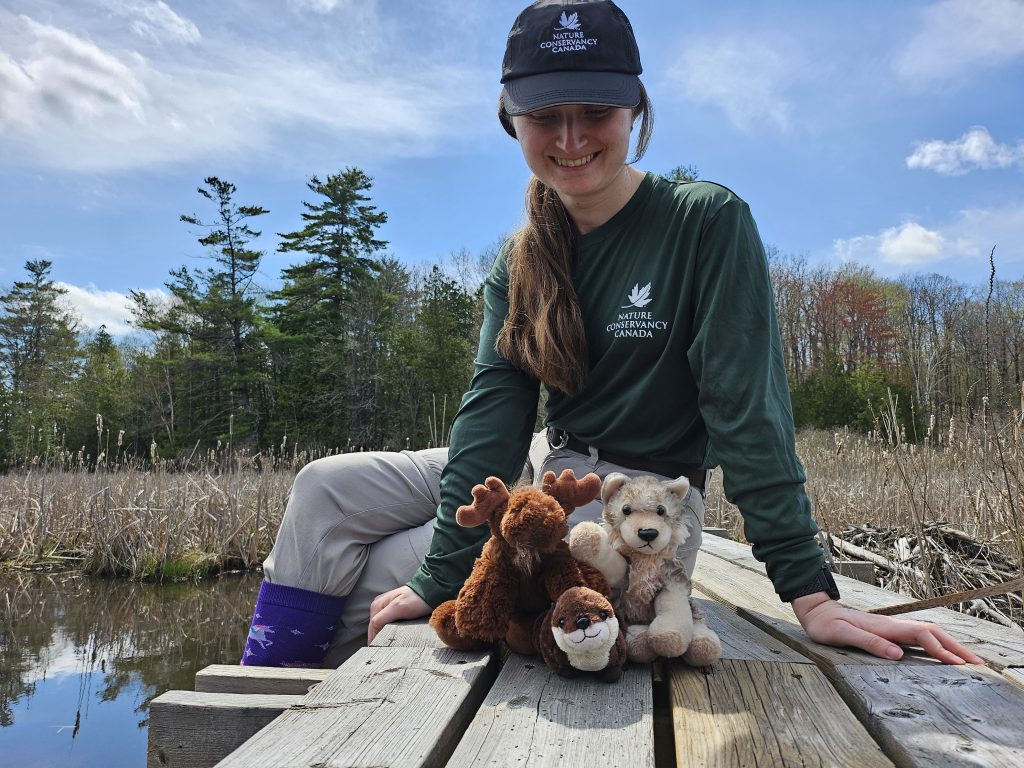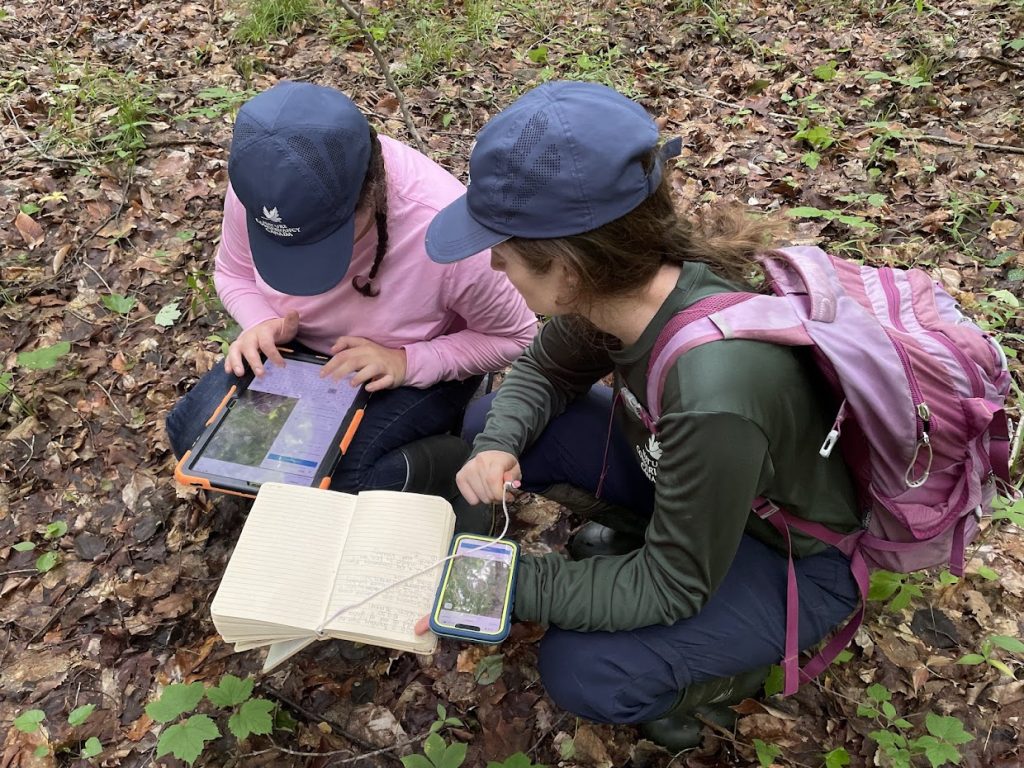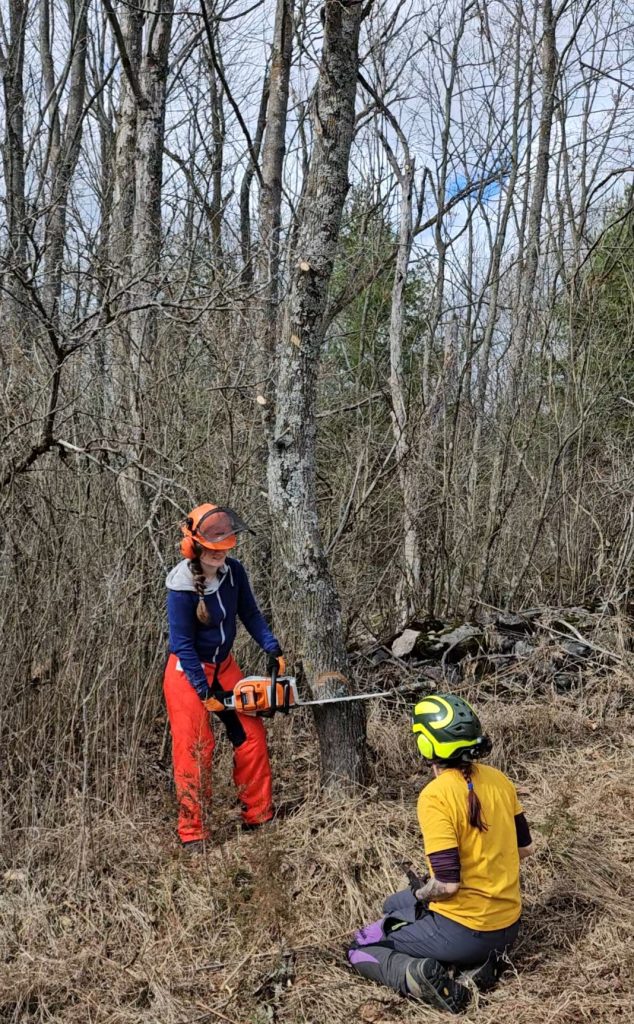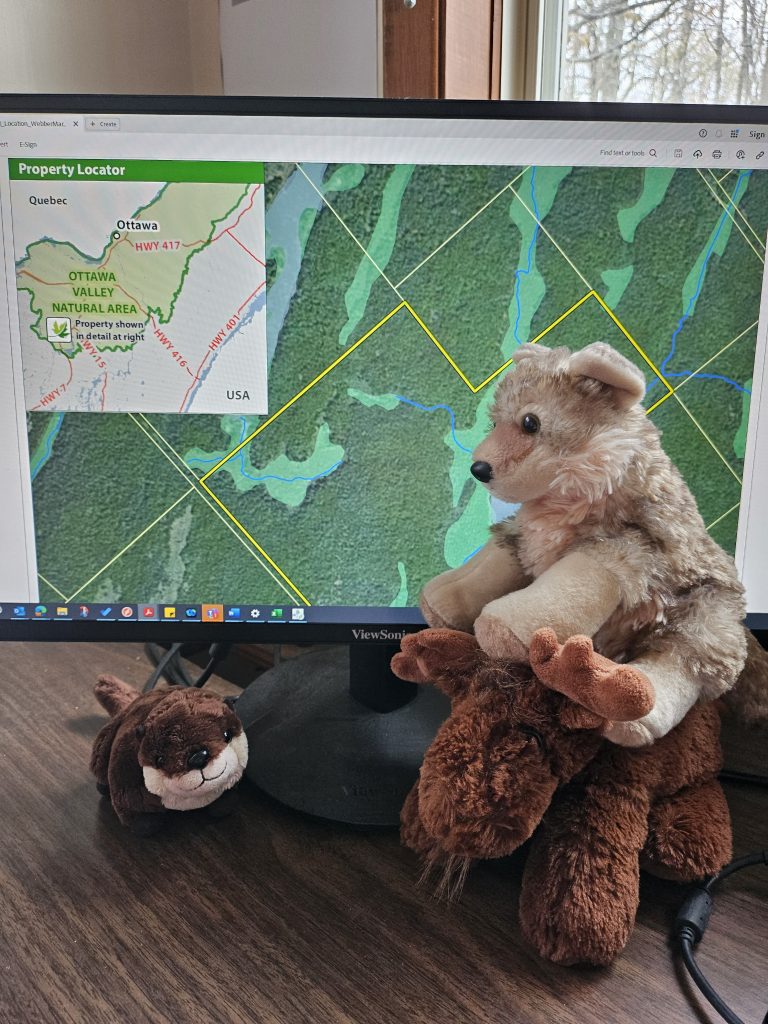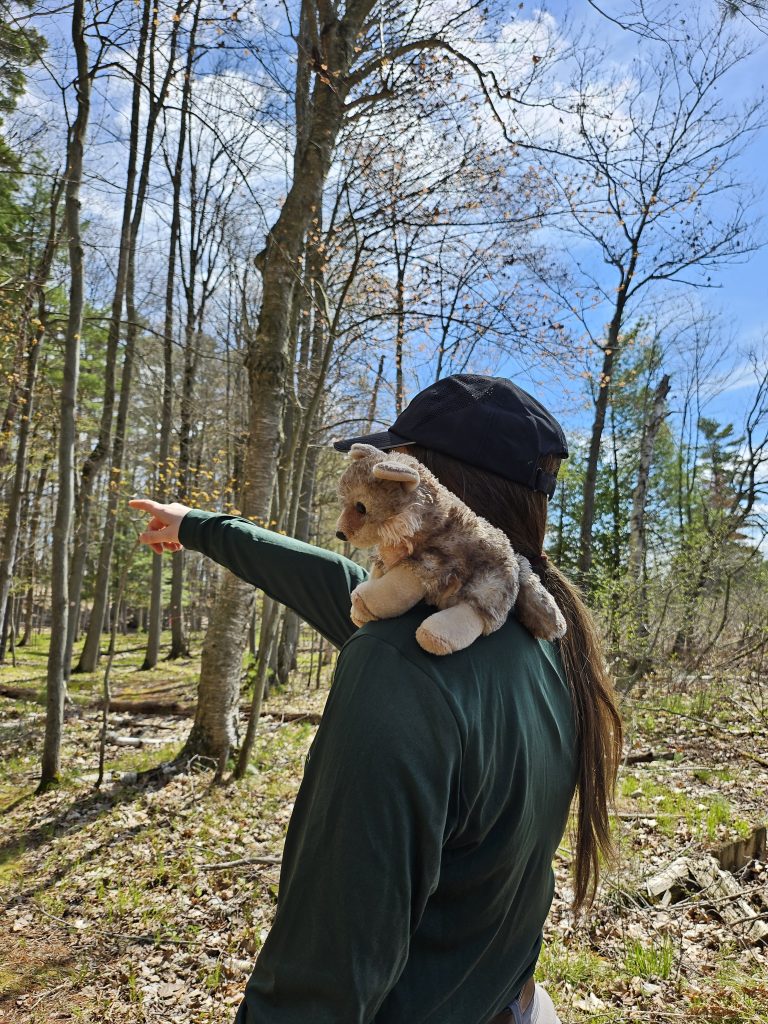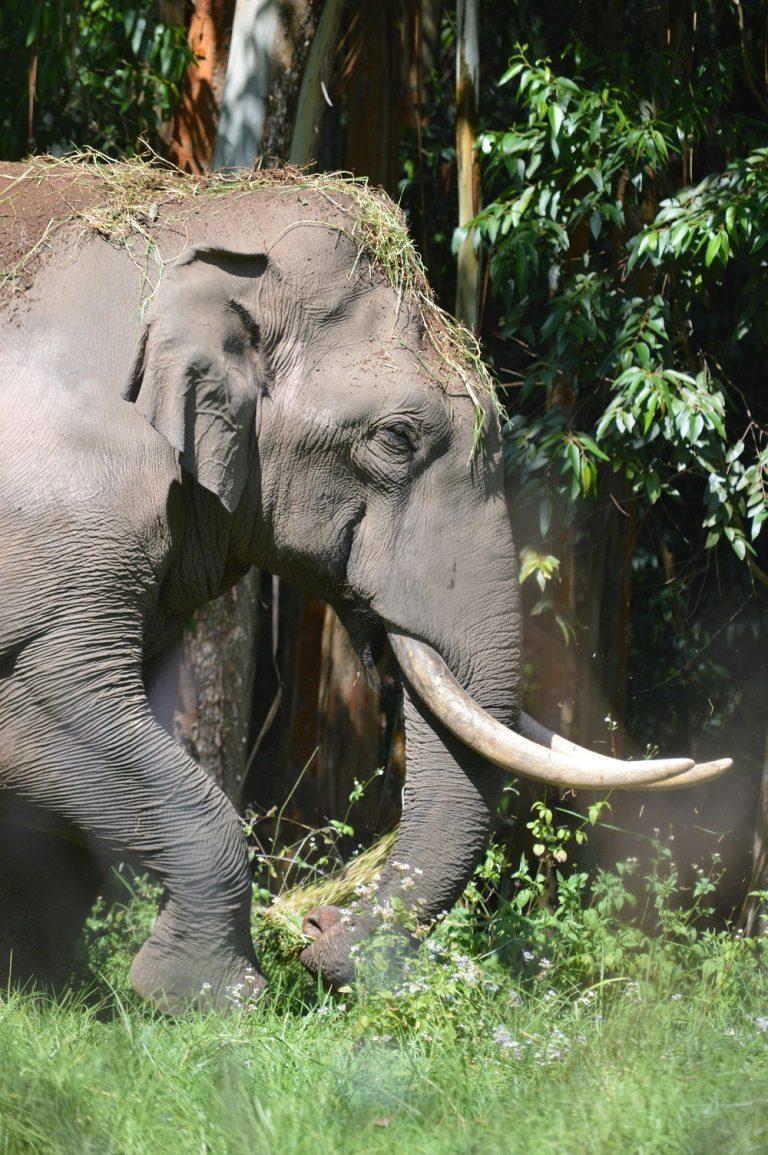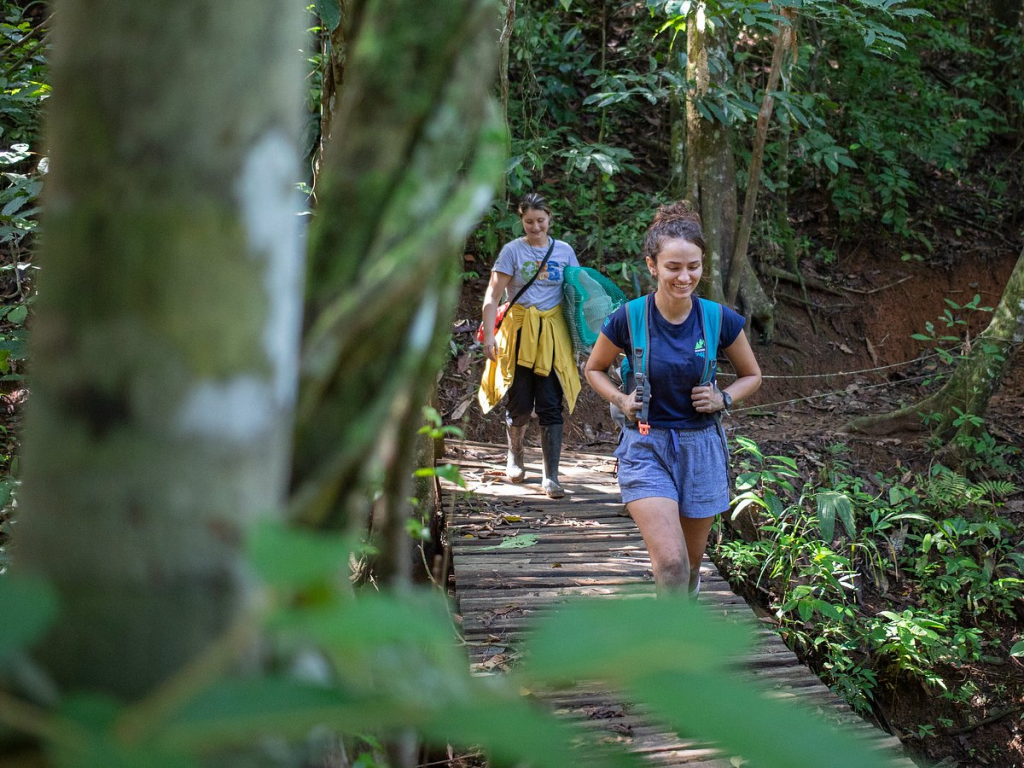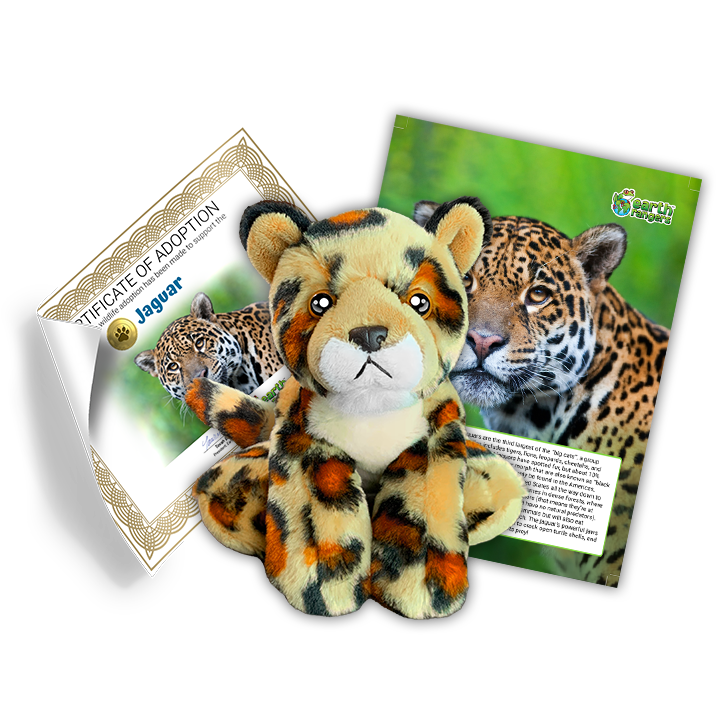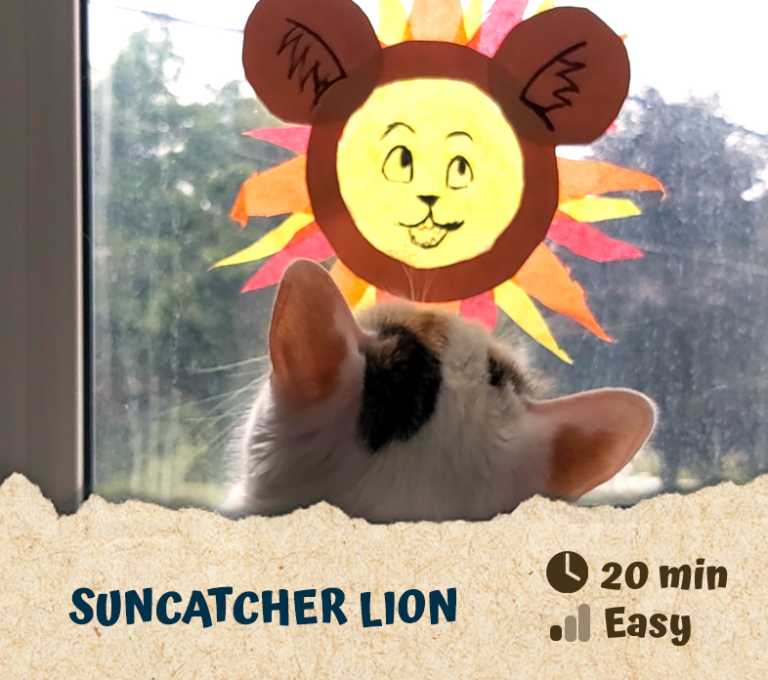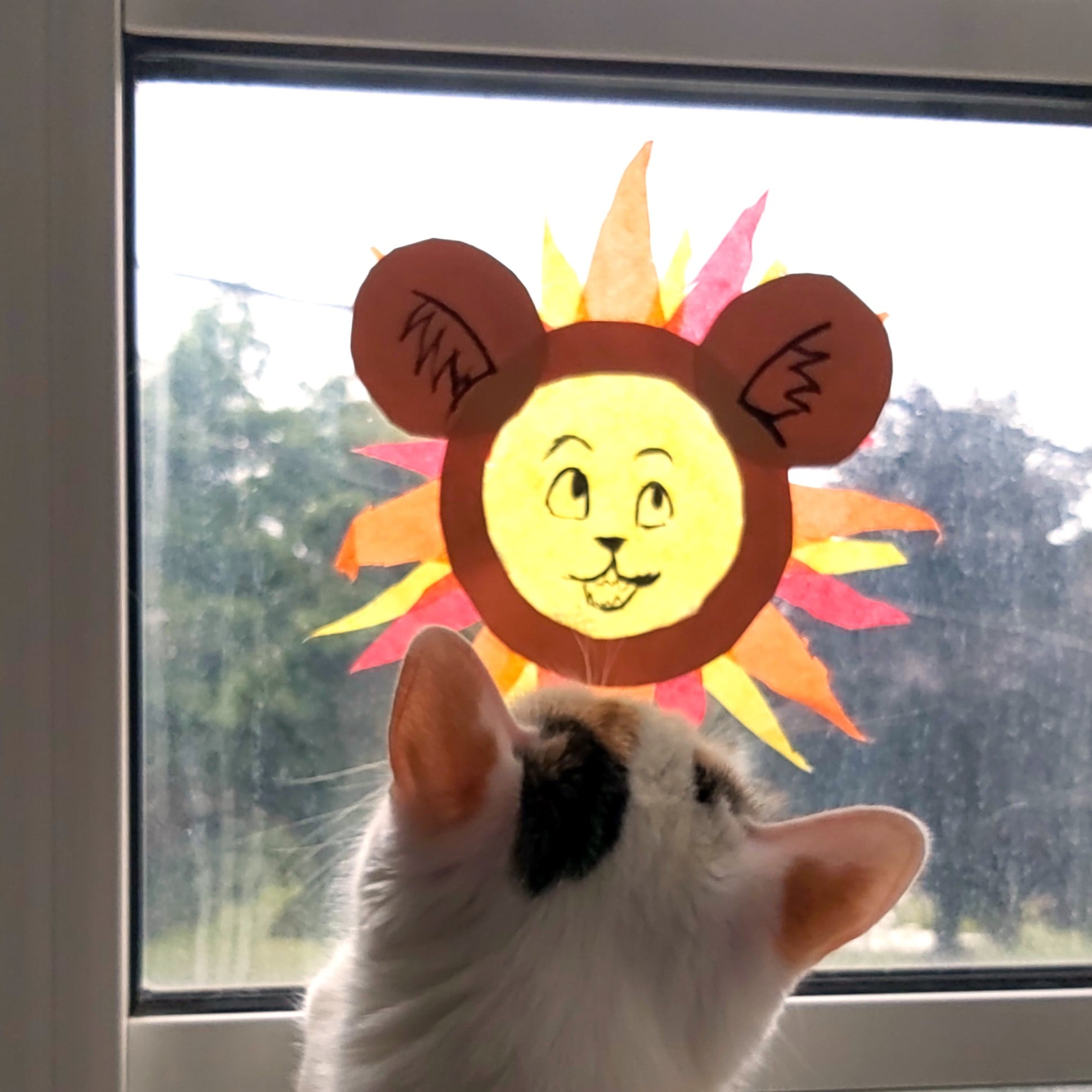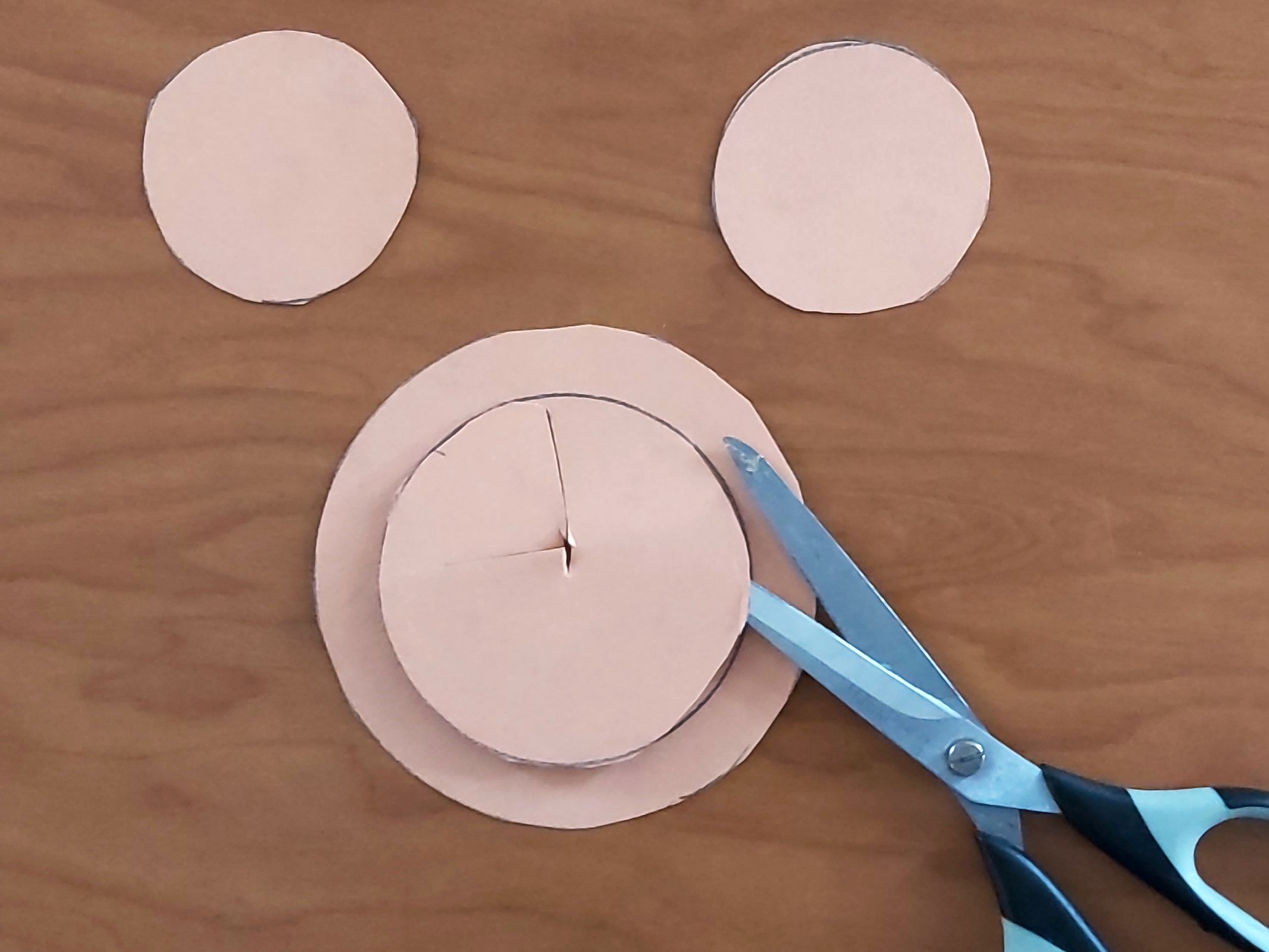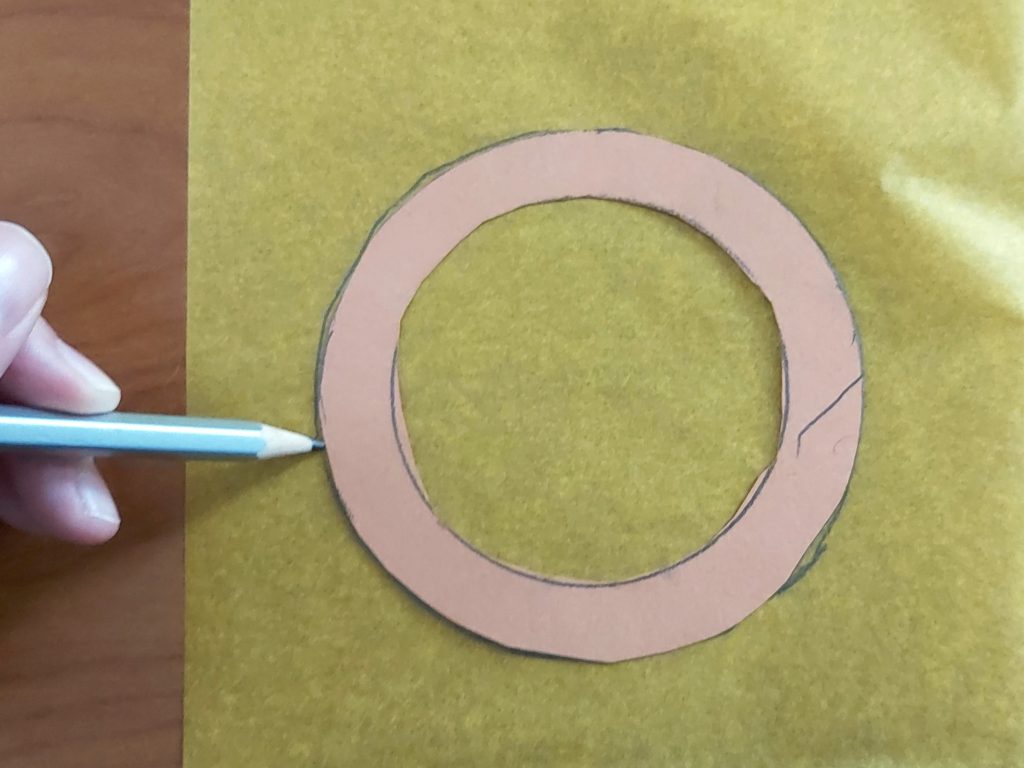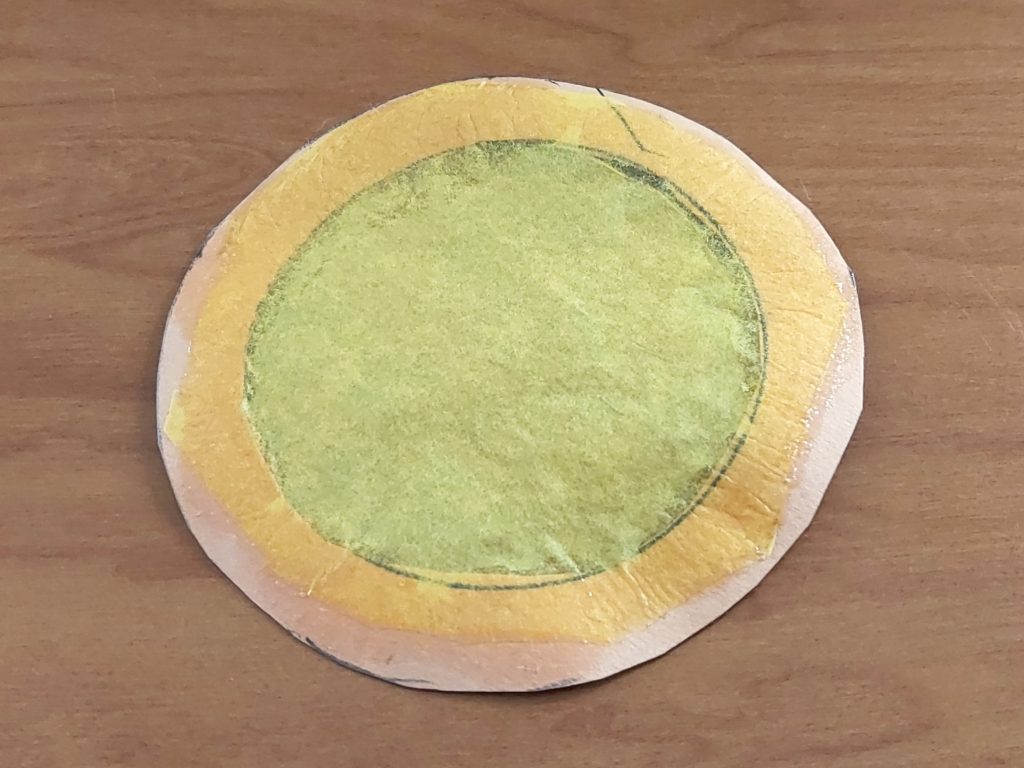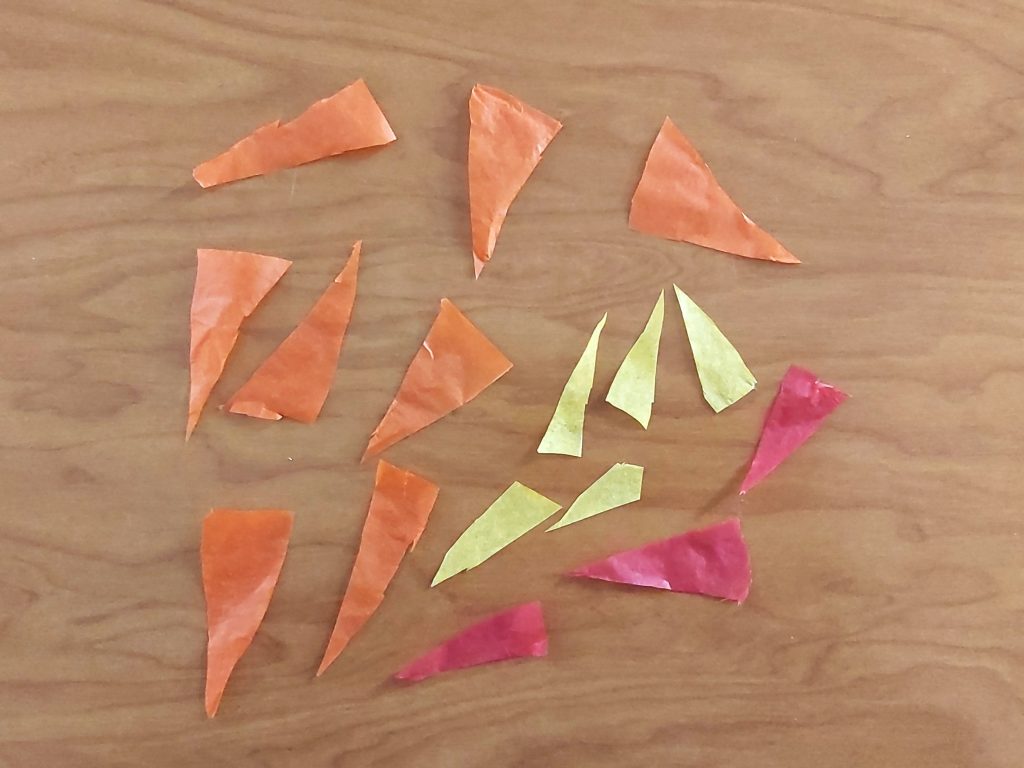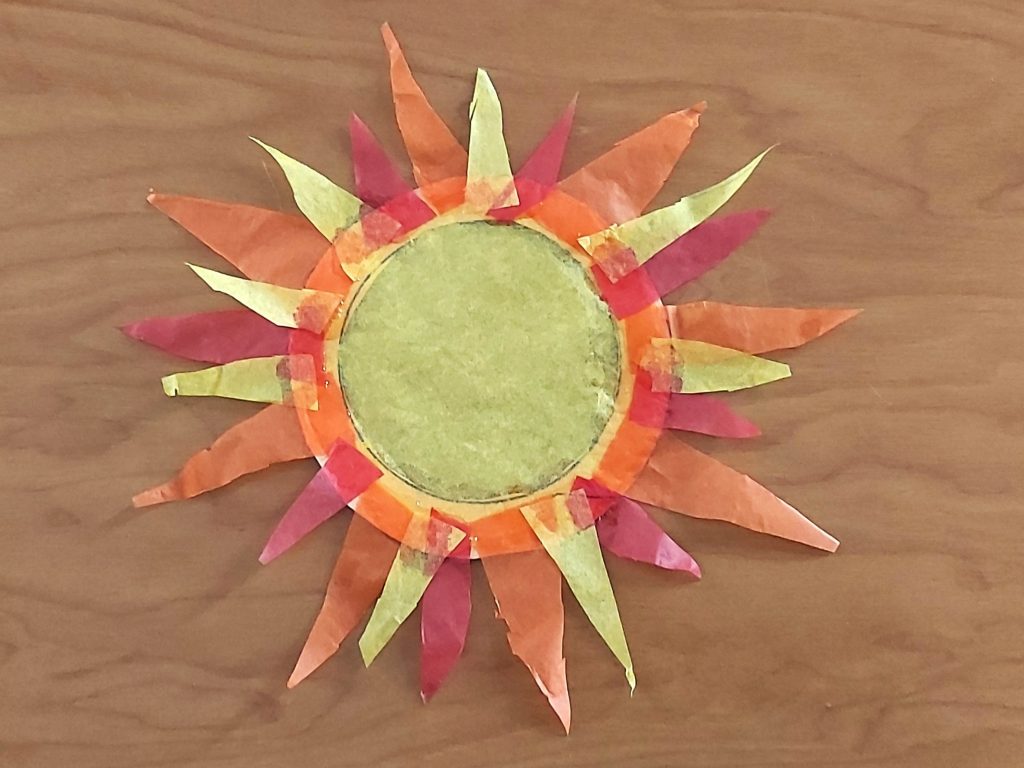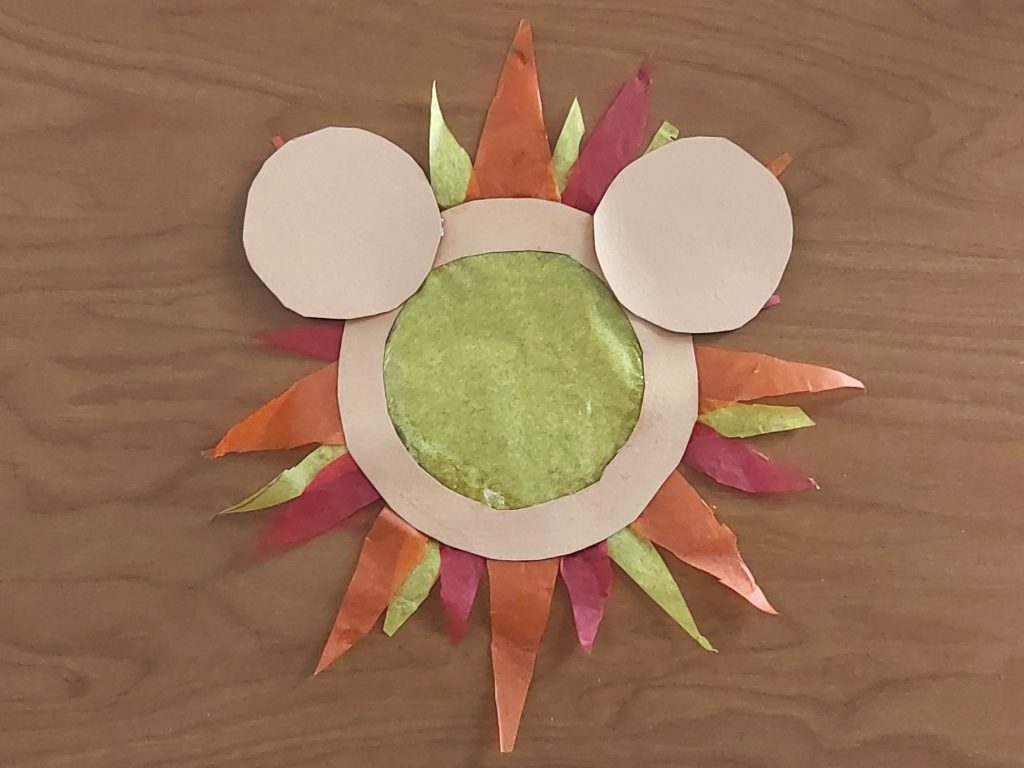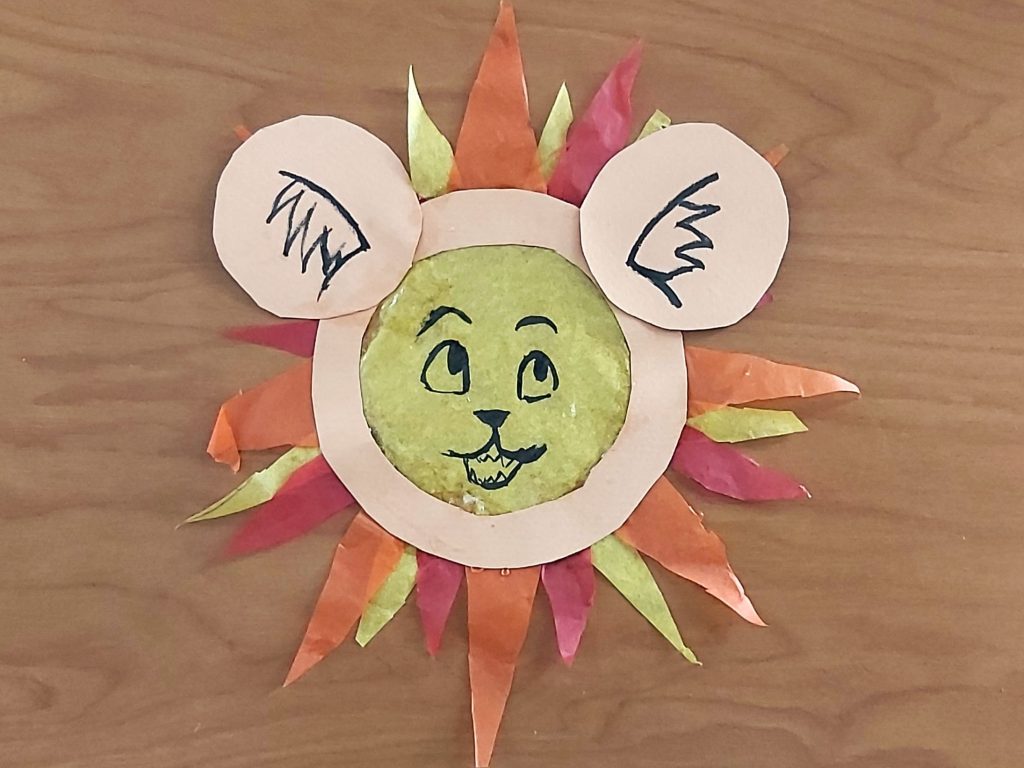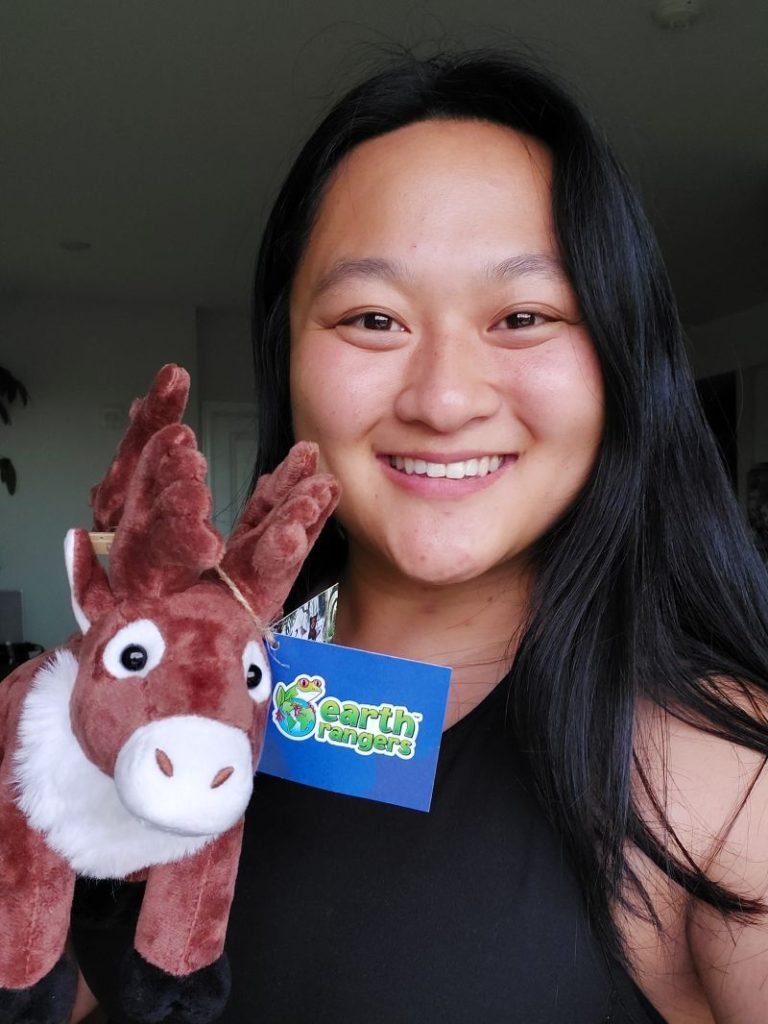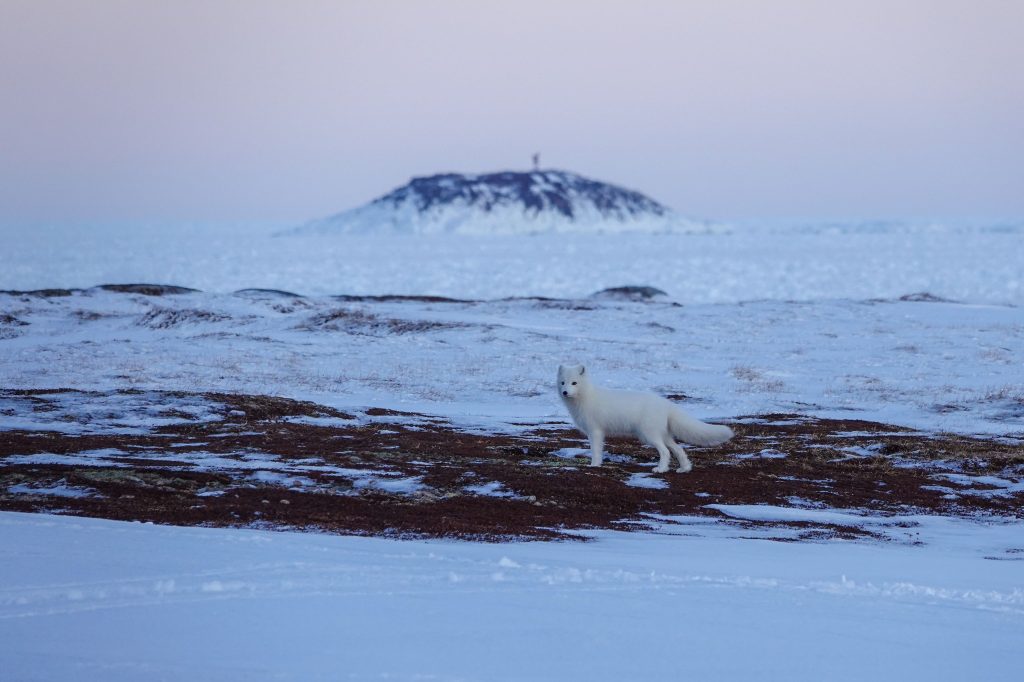
Hi, I’m Katie Florko! I’m a research scientist at Fisheries and Oceans Canada, and I’m fascinated by all things Arctic! I just finished my PhD at the University of British Columbia. I studied how climate change is affecting the ringed seals that live in Canada’s Arctic Circle.
This past year, Earth Rangers across Canada adopted over 250 ringed seals! It’s fantastic to see kids like you taking an interest in my research. All of your adoptions made a big difference in my work! By adopting a ringed seal, you helped us learn more about these adorable creatures. This knowledge is crucial because the Arctic, where ringed seals live, is changing fast. With your support, we were able to understand these changes better and work to protect seals for the future. Your adoption means a lot to me, and you’re really helping these amazing Arctic animals. Thank you for being part of our team!
Here’s everything I’ve been able to accomplish thanks to your adoptions!

Flying Over the Arctic
This year, I studied seals in Churchill, Manitoba. This town is known for its chilly weather, even in the summer. Snow covers the ground for most of the year. But the summer days are long, with lots of daylight–sometimes up to 20 hours of sunshine! Churchill’s climate is perfect for polar bears, ringed seals, and other Arctic wildlife.
My job in Churchill is to find ringed seals and fit them with special tags that track how they move and act underwater. If we understand where seals go, and what they do, we can learn more about how to protect them and their habitat.
But that’s not all! I also had the amazing opportunity to fly in a plane in the high Arctic. While I was sitting in the plane, I would do aerial surveys – count the animals that I saw and keep a record of where I saw them!

We flew over Ellesmere Island, one of the largest islands in Canada, which is very remote and icy. I spotted incredible animals like walruses and narwhals–and plenty of seals, of course! There were so many different kinds: ringed seals, bearded seals, and hundreds of harp seals.
My goal was to make a record of the animals that live in the Arctic, because the environment is changing rapidly there. In order to conserve this icy ecosystem, we need to know as much as possible about the animals that live in it.
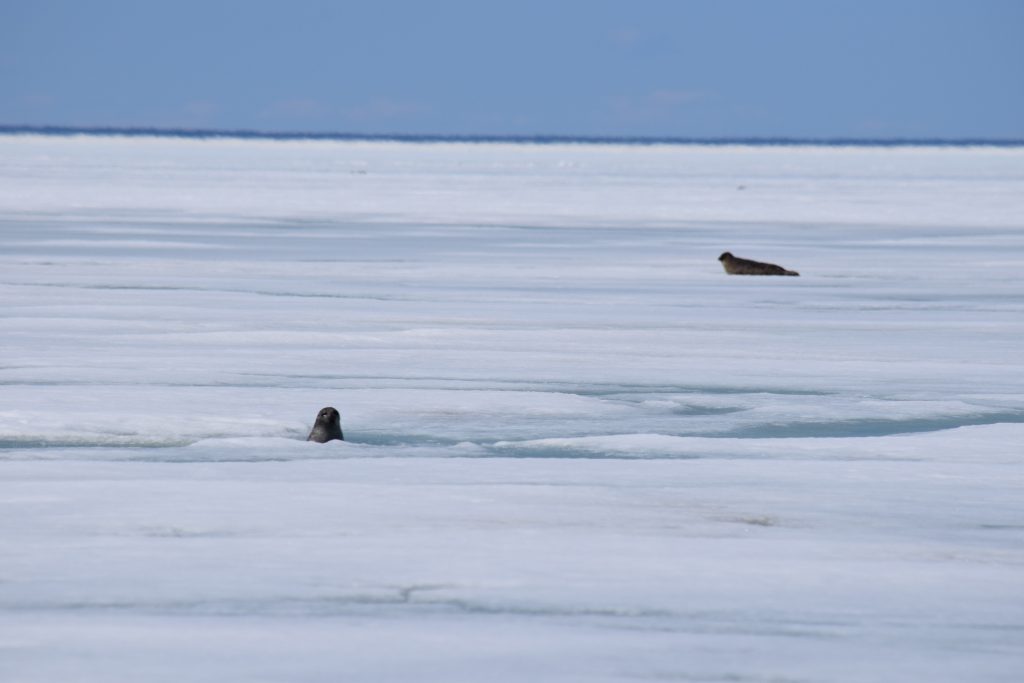
After I collected all my data in the Arctic Circle, I traveled to Tokyo, Japan, to share my discoveries with scientists from all around the world!
Now I’m gearing up for more Arctic adventures. This summer, I’m planning to tag more seals in Hudson Bay. I’m also going to do more aerial surveys to track different animals on the sea ice. I have an exciting journey ahead of me. I can’t wait to see what we’ll discover next!

Want to Be Like Me When You Grow Up?
You can prepare for a career in conservation–and support animal conservation in your daily life!–by learning about different animals and their habitats. You can read books, watch documentaries, and visit nature centers to discover more about the world around you.
It’s important to be kind to animals by recycling, picking up litter, and respecting wildlife habitats. You can also take action to reduce the effects of climate change, which hurts animals and their ecosystems. Encourage your families to use energy-efficient appliances and transportation methods, like walking, biking, or taking the bus. These things can make a big difference for our environment!
You can also participate in beach clean-ups, join or start an Earth Rangers Club at school, and learn about and advocate for policies that protect the environment. This will give you valuable experience and boost conservation efforts.
Every action you take brings you one step closer to protecting our planet for future generations–and pursuing an exciting and rewarding career in conservation!










